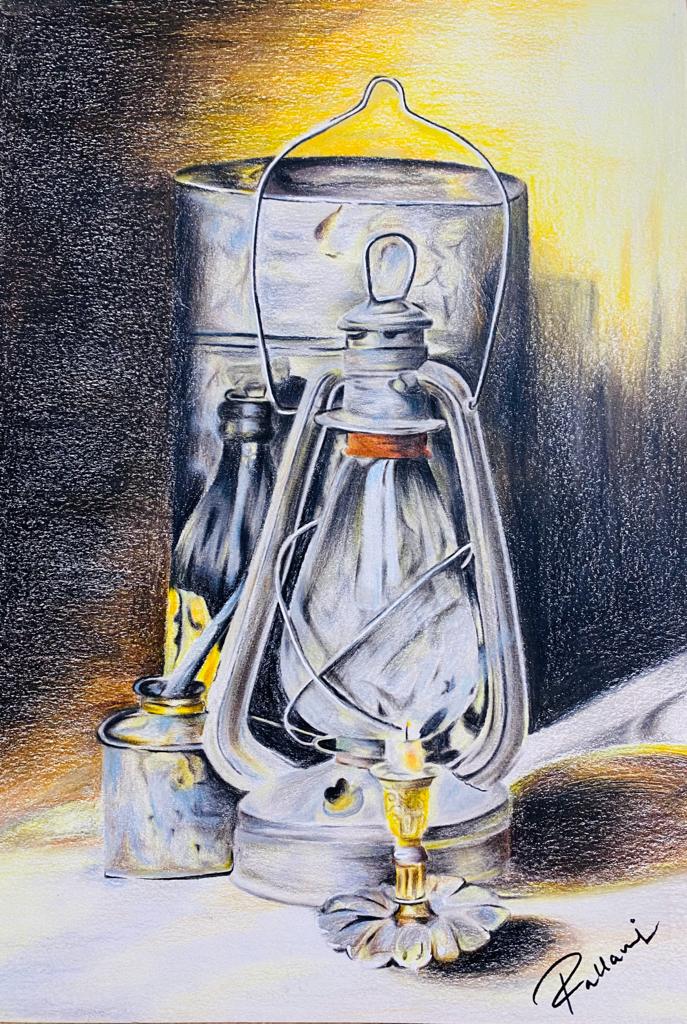Timeless Appeal of Pencil Art, a medium often overlooked in the age of digital technology and vivid colours, stands as a testament to the enduring allure of simplicity and craftsmanship. In this blog, we will delve into the world of pencil art, exploring its history, techniques, and the unique charm it brings to the art scene.


The History of Pencil Art
Pencil art has a rich history that dates back centuries. The humble pencil, once a tool primarily for sketches and preliminary drawings, has evolved into a medium of its own. Renaissance artists like Leonardo da Vinci used pencils to make preparatory studies, and over time, pencil art gained recognition as a legitimate art form.

The Beauty of Black and White
Pencil art’s most defining feature is its monochromatic simplicity. Artists use shades of black and grey to create stunning contrasts, depth, and texture. The absence of colour forces viewers to focus on the subject’s form and emotion, making pencil art a powerful storytelling medium.

Techniques in Pencil Art


Creating pencil art requires more than just putting graphite on paper. Here are some key techniques employed by pencil artists:
- Hatching and Cross-Hatching: These techniques involve using closely spaced lines (hatching) and intersecting lines (cross-hatching) to create shading and depth.
- Smudging and Blending: Artists often use their fingers, blending stumps, or tissue paper to smudge graphite, creating smooth transitions between light and shadow.
- Erasing and Highlighting: Erasers play a crucial role in pencil art. Artists selectively remove graphite to create highlights, adding to the realism and dimension of the artwork.
- Layering: Pencil artists build up layers of graphite to achieve different tones and textures. Layering requires patience and a keen eye for detail.
The Magic of Detail

Pencil art is renowned for its intricate details. Artists can capture the finest textures, from the roughness of bark on a tree to the delicate wrinkles on a face. This attention to detail allows for a level of realism that can be truly awe-inspiring.
Pencil Art Styles

Pencil art is not limited to any particular style. Artists explore various subjects, from portraits and landscapes to still life and abstract concepts. The adaptability of pencils allows for a wide range of artistic expression.
Preserving Pencil Art

To ensure the longevity of pencil art, proper care is essential. Framing artwork behind UV-protective glass or acrylic shields it from environmental factors. Avoid excessive handling and display your pencil art away from direct sunlight and humidity.
Conclusion: Timeless Appeal of Pencil Art

Pencil art’s simplicity and elegance continue to captivate art enthusiasts and collectors alike. Whether you’re an artist or an art appreciator, take a moment to explore the world of pencil art, and you’ll discover its enduring charm and timeless appeal. to know more about us click here






Thank you for sharing all works a really good congrats to all artist
Pingback: How Painting Unlocks the Power of Imagination: The Magic of Art - The haat of art